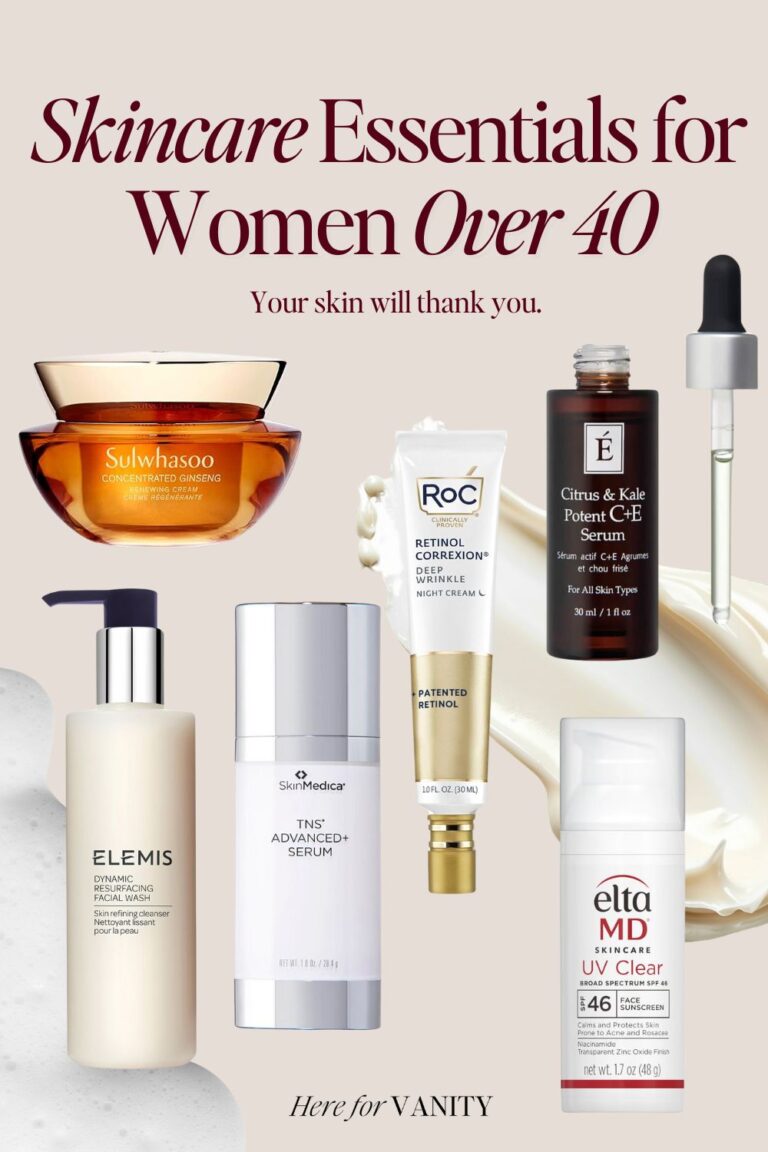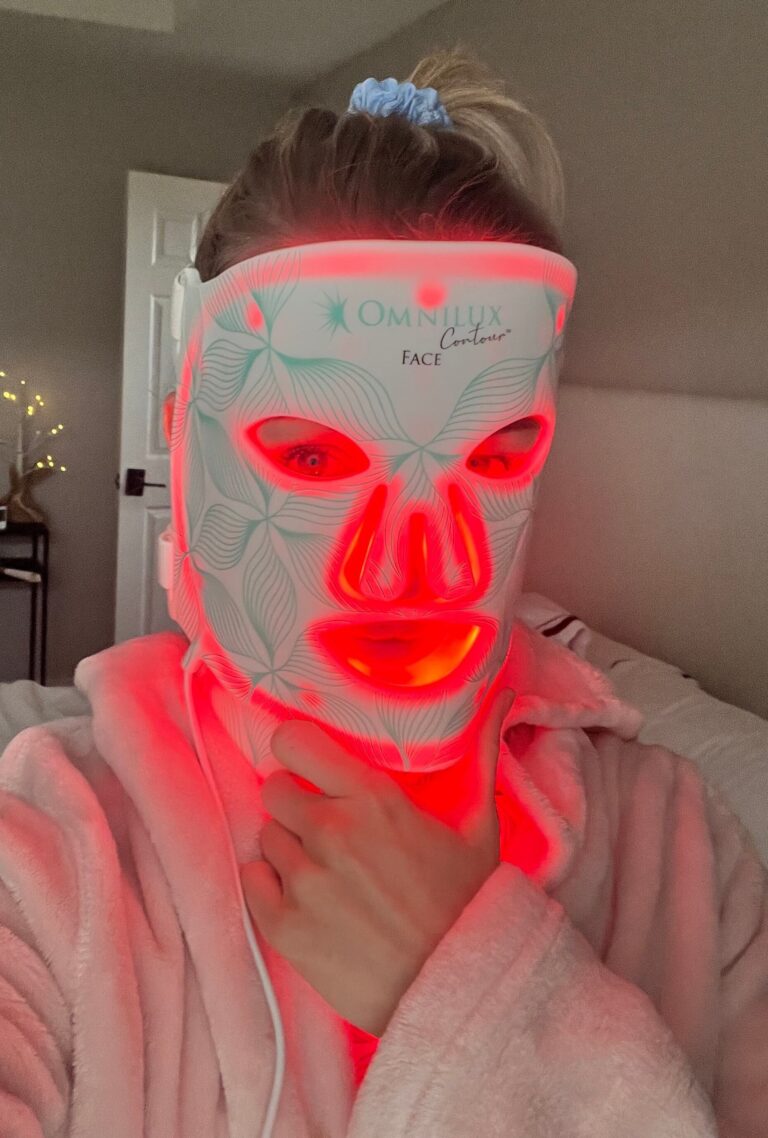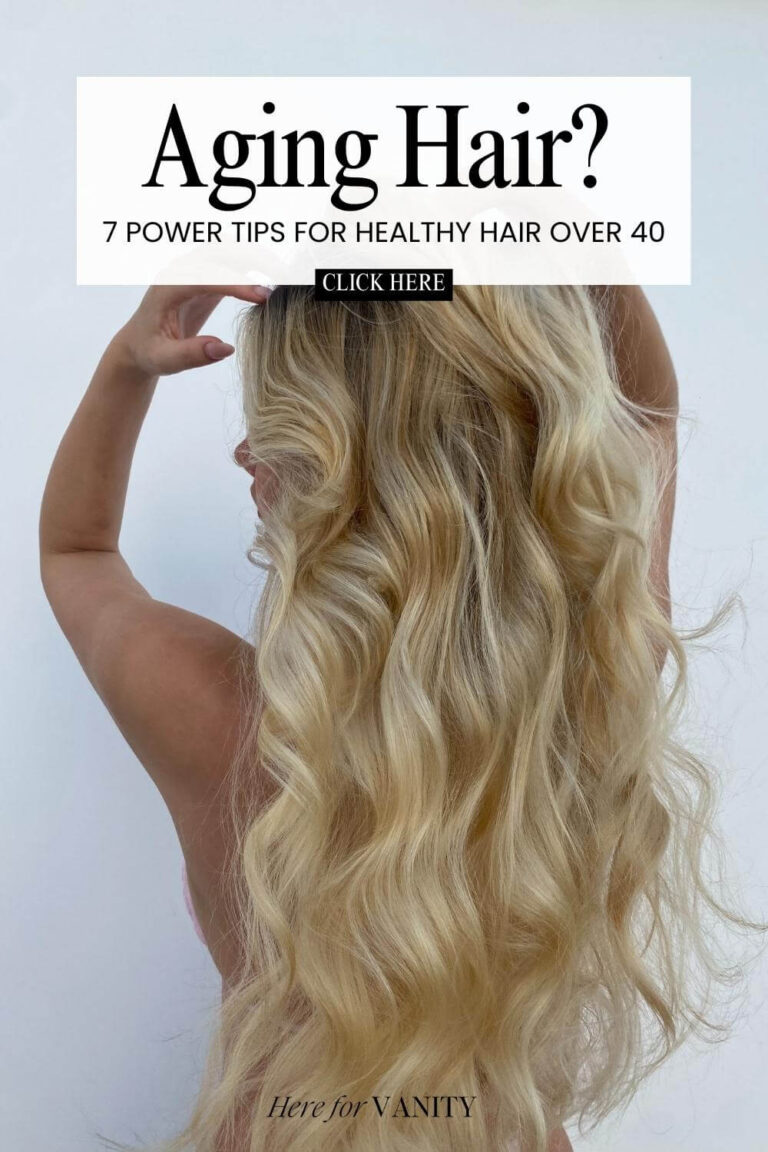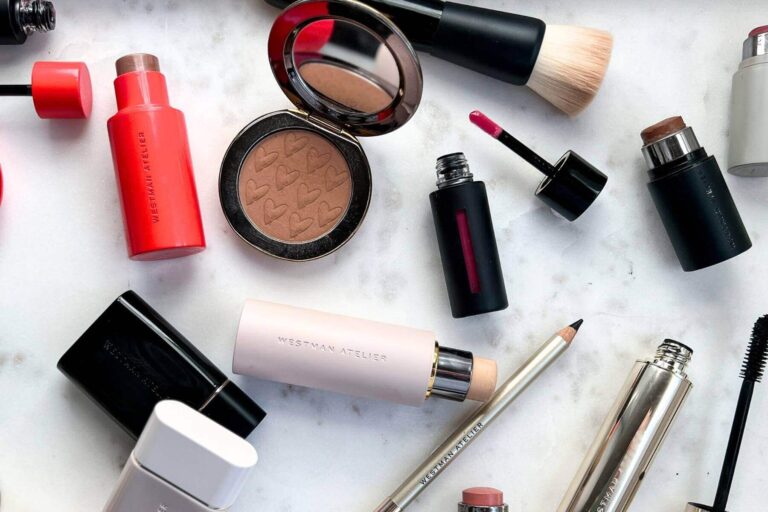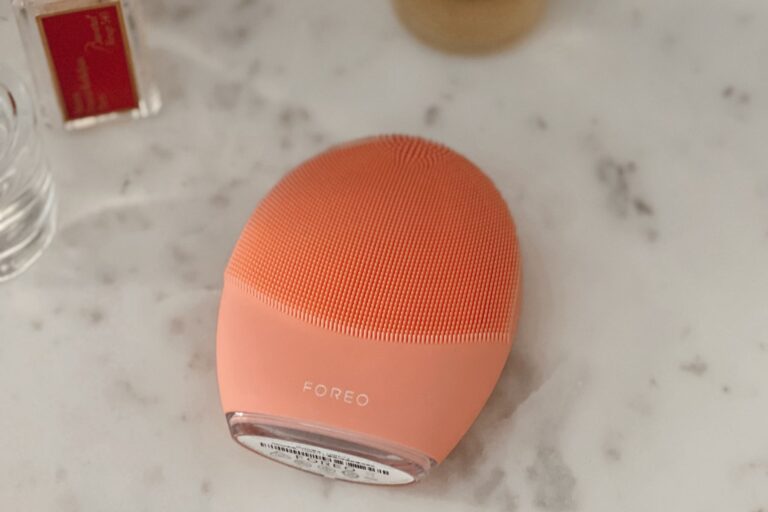What is a Waterless Pedicure? Everything You Need To Know.
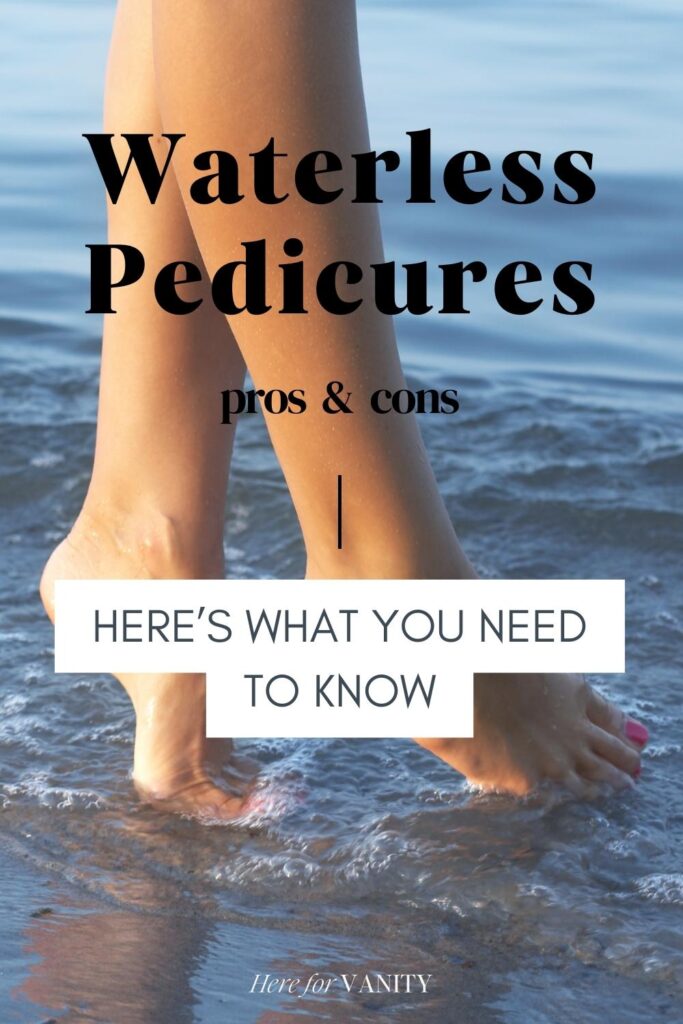
Waterless pedicures and dry manicures have been popping up everywhere in my area. These waterless services are more hygienic and better for your nails.
I love a good pedicure but always feel a little nervous about trying a new salon—is it clean? Is it safe? The waterless pedicure trend seems to address these concerns, offering a more sanitary (and eco-friendly) option.
Here’s what makes these dry pedicures unique and why you should try them.
What Is a Waterless Pedicure?
A waterless pedicure is exactly what it sounds like—one that doesn’t involve soaking your feet in water.
Instead, the treatment uses alternative methods such as steam towels, lotions, and oils to soften the skin and prepare your nails.
A dry pedicure eliminates the need for water and focuses on more precise, hygienic, and efficient care.
The waterless experience still includes nail shaping, cuticle care, exfoliation, and moisturizing, just like your traditional treatment but without needing a foot bath.
Most people are drawn to waterless pedicures because they are looking for a sanitary option. I don’t blame them. While I’ve never had an issue, I know many salons I’ve gone to do not properly disinfect their tools or foot basins, which can be a breeding ground for bacteria.
Did you know salons are required to disinfect foot spa basins for at least 10 minutes after use? I have personally seen salons quickly rinse and wipe before moving on to the next customer. Yuck!
What Are the Benefits of a Waterless Pedicure?
- Improved hygiene: One of the main benefits of a waterless manicure or pedicure is improved hygiene. You reduce the risk of cross-contamination and waterborne pathogens lurking in a tub of water that hasn’t been adequately disinfected. PS: a foot tub with plastic liners is still at risk of carrying bacteria.
- Safer: Soaked feet are soft and at a higher risk of overtreating calluses and cuticle removal, making calluses worse. Over clipping cuticles can introduce fungal infections.
- Environmentally Friendly: Waterless pedicures are more environmentally friendly since they save gallons of water per session.
- Faster: They also tend to be quicker, as there’s no need to wait for your feet to soak. Plus, steam towels and rich moisturizers can leave your skin feeling more nourished and hydrated.
- Lasts Longer: Natural nails are porous and naturally expand when soaked in water. By eliminating the warm water soak, you’ll be surprised how much longer your nail polish will last!
Are There Cons to a Waterless Service?
While waterless pedicures have many benefits, they might not be for everyone. If you love a relaxing foot bath, a regular pedicure might be best for you.
- Not as Relaxing: Some people find the traditional foot soak relaxing and enjoyable, which a waterless pedicure can’t offer.
- Harder to Remove Calluses: If you have extremely dry or callused feet, you might find that the lack of a soak doesn’t soften the skin as much as you’d like.
- Challenging to Find: Since this method is relatively new, not all salons offer waterless pedicures, which might limit your options.
- More Expensive: In my area, waterless pedicures (also called “wellness pedicures” are about $15 more than traditional pedicures because they focus more on the foot health and treat various skin conditions.
What to Expect During Your Appointment
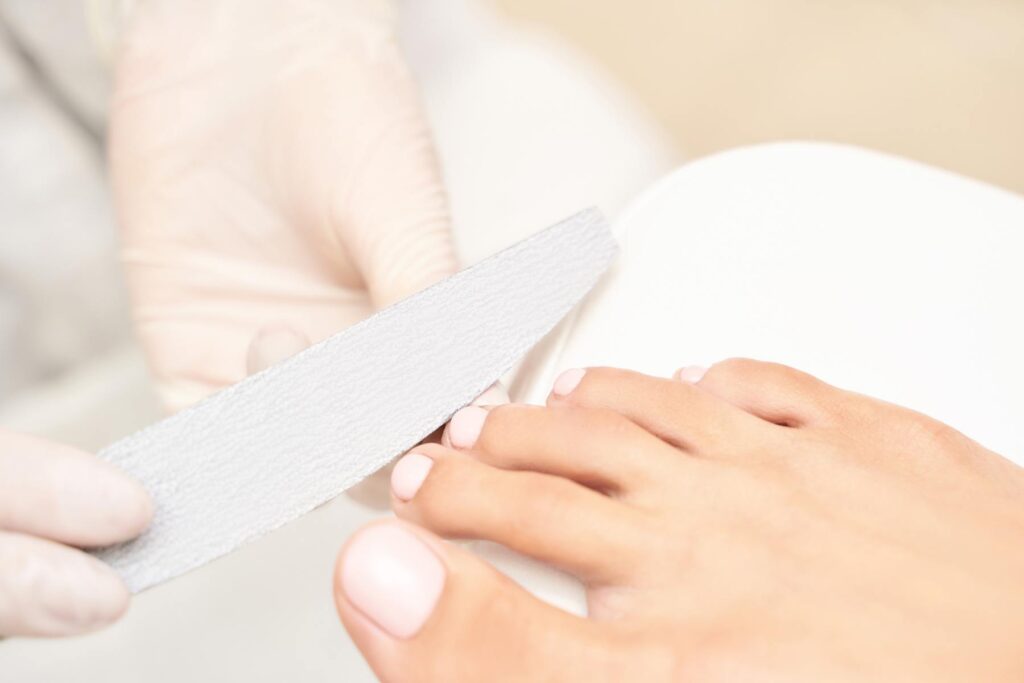
During a waterless pedicure, you can expect a slightly different experience than a traditional one. Salons may vary, but in general, here are the steps for a waterless pedicure:
- Prep: Your nail technician will remove old polish and wrap your feet in warm towels with essential oils to soften the skin.
- Cuticle and Nail Care: This includes nail and cuticle care, including lotions and oils to moisturize and exfoliate the skin.
- Foot Care: They may also use a foot file and add an exfoliating scrub, cuticle softener, or heavy foot cream to remove dead skin.
- Massage: Most dry pedicures still include a relaxing massage. Some salons emphasize more massage time, too!
- Nail shape and Polish: The service will end with nail shaping to your desired shape, base coat, nail polish, and top coat, just like a traditional pedicure.
Overall, the experience is designed to be clean, efficient, and pampering, but you’ll notice they’re more focused on the health of your nails and feet.
Some salons refer to them as medical pedicures, clinical pedicures, or wellness pedicures but regardless if you ask for a waterless or dry pedicure, they should know what you’re referring to.
Related: 16 Manicure Essentials for Guaranteed Perfect Nails Every Time
Where to Get a Waterless Pedicure
Waterless pedicures are becoming increasingly popular, so you might find them at high-end salons and spas that focus on innovative and eco-friendly treatments.
Look for salons that specifically advertise waterless services, or ask your regular salon if they offer this option.
In many areas, dedicated waterless nail salons are popping up more frequently too. One of the salons in my areas that offers this $70 pedicures service has it listed as a wellness pedicure:
“Our wellness pedicure is a waterless pedicure, that requires the use of an e-file (electric file) that allow us to be detailed in our prep work while still being super gentle. You benefit from better exfoliation around the most callous prone areas such as your heels or ball of your feet. Skin is less likely to split and tear which offers long lasting results in a dry service. We also use Gehwol and Footlogix foot care line to better assist us in adding hydration back into your feet.”
And I’ve also noticed that not all dry pedicure salons are the same, so check before booking an appointment to find out what kinds of emphasis the salon puts on which services and products to ensure your expectations are in line.
And of course, it’s also always a good idea to read the reviews and check the salon’s hygiene practices to ensure the best possible experience.
Have you tried dry manicures or dry pedicures?

